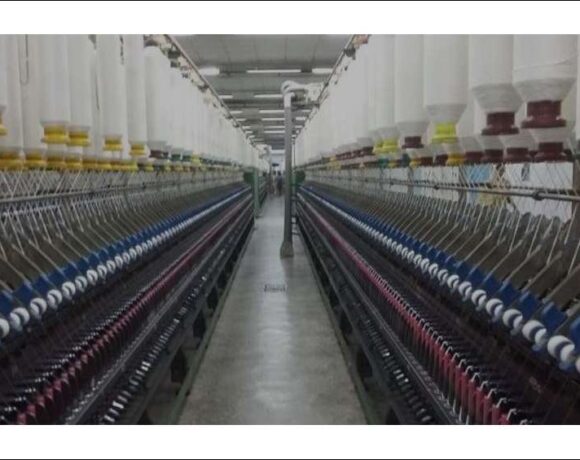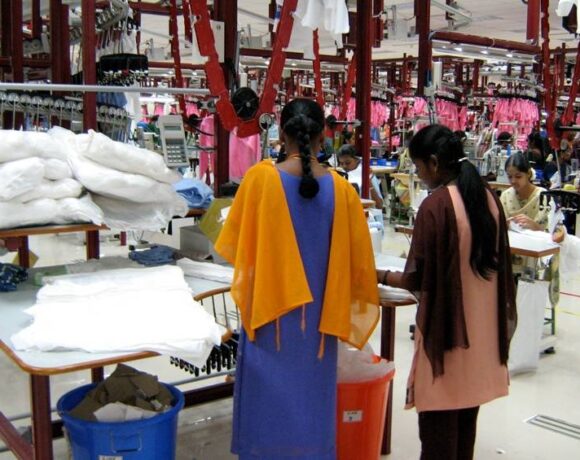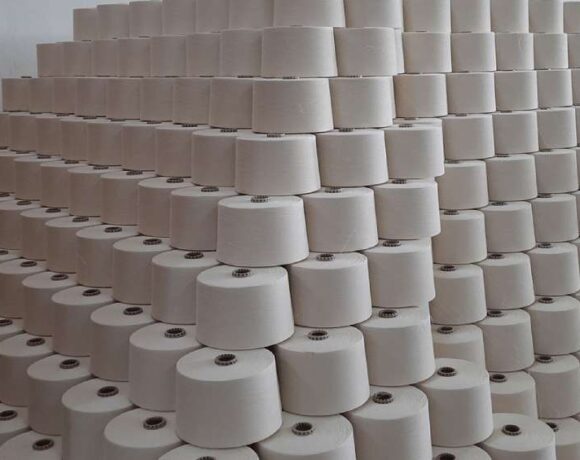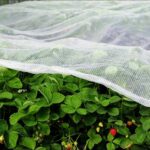Solar Thermal Solutions For Textile Industry’s Net-Zero Emission Goal

As the textile industry grapples with its significant carbon footprint, the need for low-carbon energy sources is crucial for achieving net-zero emissions. Solar thermal technology, though less prominent than other renewable energy sources, offers a promising alternative for decarbonizing industrial heating processes. Unlike solar photovoltaics (PV) that generate electricity, solar thermal technology harnesses sunlight to produce heat.
This technology can be divided into two main categories: non-concentrating and concentrating. Non-concentrating technologies include Flat-Plate Collectors (FPC), which absorb sunlight with a dark surface and transfer heat to a fluid, efficient up to 100°C, and Evacuated Tube Collectors (ETC), which use glass tubes with heat pipes in a vacuum to reduce heat loss, reaching up to 120°C. Concentrating solar thermal (CST) technologies, on the other hand, include parabolic troughs, parabolic dishes, power towers, and linear fresnel reflectors, capable of achieving much higher temperatures, with parabolic dishes reaching up to 1,200°C.
Solar thermal energy offers several advantages. It provides zero-emission heating, aligning with global efforts to reduce greenhouse gas emissions and meeting stringent environmental regulations. As the costs of solar thermal systems continue to decline, driven by technological advancements and economies of scale, their economic viability improves. Solar thermal energy also enhances energy security by reducing reliance on imported fossil fuels, which mitigates risks related to price volatility and supply disruptions.
Furthermore, solar thermal systems can integrate with existing textile manufacturing processes, and emerging storage technologies offer the ability to store excess solar heat for non-sunny periods, further boosting system reliability.
However, there are challenges to the adoption of solar thermal technology in the textile industry. The sector primarily uses steam for heating, which requires higher temperatures than what most non-concentrating solar thermal systems can achieve. While concentrating systems can reach these temperatures, they are often more complex and costly. High initial costs for installation and infrastructure modifications also pose a significant barrier, including expenses related to solar collectors, storage systems and integration with current processes.
Space requirements are another constraint, as solar thermal installations require considerable land for collectors and infrastructure, which can be challenging for urban facilities or those with limited land. Moreover, geographical limitations, as solar thermal systems perform best in regions with consistent sunlight, and a lack of technical expertise in the textile sector can further hinder adoption.
Countries like Egypt, Mexico, Morocco and Pakistan, with abundant solar resources, are well-positioned to adopt solar thermal technology. In contrast, countries with lower solar resources, such as Germany and Japan, may struggle with consistent heat supply. Strong climate policies, as seen in Morocco and Spain, and well-developed technology supply chains, particularly in Europe and North America, also enhance the readiness for solar thermal adoption. Countries like China, India, Italy, Morocco and Spain are among the most prepared to embrace solar thermal solutions.
Although solar thermal technology is still emerging in the textile sector, other industries have seen success. For example, Barrington Brewery in Massachusetts installed flat-plate solar collectors to provide hot water for its operations, and Carlsberg Brewery in Greece uses parabolic trough collectors at its Olympic Brewery site, meeting up to 70% of the energy required for can pasteurization during peak sunny months, with significant reduction in CO2 emissions. These examples demonstrate the potential for solar thermal in industrial settings.














